
ZaSu Pitts was an American actress whose career spanned nearly five decades, starring in many silent film dramas, including Erich von Stroheim's 1924 epic Greed, and comedies, before transitioning successfully to mostly comedy roles with the advent of sound films. She also appeared on numerous radio shows and, later, made her mark on television. She was awarded a star on the Hollywood Walk of Fame in 1960 at 6554 Hollywood Blvd.
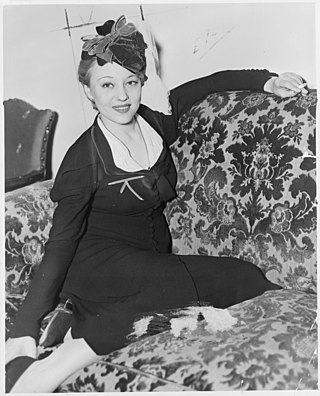
Sally Rand was an American burlesque dancer, vedette, and actress, famous for her ostrich-feather fan dance and balloon bubble dance. She also performed under the name Billie Beck. Rand got her start as a chorus girl before working as an acrobat and traveling theater performer. Her career spanned more than forty years and she appeared on stage, screen and in television. Through her career she worked alongside Humphrey Bogart, Karl Malden, and Cecil B. De Mille. She was a trained pilot and briefly dated Charles Lindbergh.

Richard Lowe Teitelbaum was an American composer, keyboardist, and improvisor. A student of Allen Forte, Mel Powell, and Luigi Nono, he was known for his live electronic music and synthesizer performances. He was a pioneer of brain-wave music. He was also involved with world music and used Japanese, Indian, and western classical instruments and notation in both composition and improvisational settings.

Suzan-Lori Parks is an American playwright, screenwriter, musician and novelist. Her play Topdog/Underdog won the Pulitzer Prize for Drama in 2002; Parks was the first African-American woman to receive the award for drama. She was named one of the 100 most influential people in the world by Time magazine in 2023.

In Freudian psychoanalysis, the phallic stage is the third stage of psychosexual development, spanning the ages of three to six years, wherein the infant's libido (desire) centers upon their genitalia as the erogenous zone. When children become aware of their bodies, the bodies of other children, and the bodies of their parents, they gratify physical curiosity by undressing and exploring each other and their genitals, the center of the phallic stage, in the course of which they learn the physical differences between the male and female sexes and their associated social roles, experiences which alter the psychologic dynamics of the parent and child relationship. The phallic stage is the third of five Freudian psychosexual development stages: (i) the oral, (ii) the anal, (iii) the phallic, (iv) the latent, and (v) the genital.

Raggedy Ann & Andy: A Musical Adventure is a 1977 live-action/animated musical fantasy film loosely adapted from the 1924 novel Raggedy Ann and Andy and the Camel with the Wrinkled Knees. It was directed by Richard Williams, produced by the Bobbs-Merrill Company, and released theatrically by 20th Century-Fox. A 1941 short film had previously featured the Raggedy Ann and Andy characters created by Johnny Gruelle. It was the first feature-length animated musical comedy film produced in the United States. In the film, Raggedy Ann and Andy, along with other toys, live in Marcella's nursery. During Marcella's seventh birthday, Babette, a doll from France, is introduced as the new doll from a large package. Meanwhile, Captain Contagious kidnaps Babette in the pirate ship and escapes from the nursery. Raggedy Ann and Andy have to explore and find Babette in the Deep Deep Woods to save her.

Suzan Pitt Kraning, known professionally as Suzan Pitt, was an American film director, animator, painter, and fashion designer best known for her surrealist animated shorts, including Asparagus (1979).

Lovers is a 1991 Spanish film noir written and directed by Vicente Aranda, starring Victoria Abril, Jorge Sanz and Maribel Verdú. The film brought Aranda to widespread attention in the English-speaking world. It won two Goya Awards and is considered one of the best Spanish films of the 1990s.
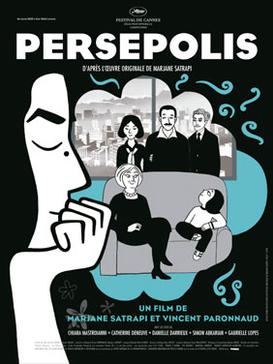
Persepolis is a 2007 adult animated biographical drama film based upon Marjane Satrapi's autobiographical graphic novel of the same name. It was written and directed by Satrapi in collaboration with Vincent Paronnaud. The story follows a young girl as she comes of age against the backdrop of the Iranian Revolution. The title references the historical city of Persepolis. The film was an international co-production made by companies in France and Iran. It premiered at the 2007 Cannes Film Festival, where it co-won the Jury Prize, alongside Silent Light. It was released in France and Belgium on 27 June 2007, earning universal praise from critics. The film was selected as the French entry for the Best Foreign Language Film category at the 80th Academy Awards, and was nominated for Best Animated Feature.
Paloma Baeza is a British actress and director. Her 2017 film Poles Apart won the BAFTA for best animated short film in 2018.
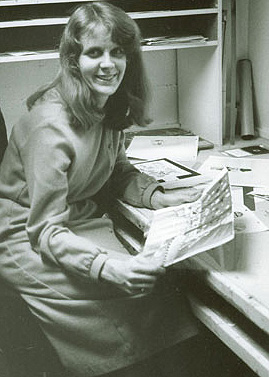
Sarah Cruikshank is an American cartoonist, animator and artist, whose work includes animation for the Children's Television Workshop program Sesame Street, and whose short Quasi at the Quackadero (1975) was inducted into the United States National Film Registry.

Curse of the Faceless Man is a 1958 independently made American low-budget black-and-white horror film, produced by Robert E. Kent, directed by Edward L. Cahn, that stars Richard Anderson, Elaine Edwards, Adele Mara, and Luis van Rooten. Science fiction writer Jerome Bixby wrote the screenplay. The film was theatrically released in the U.S. by United Artists as a double feature with It! The Terror from Beyond Space.
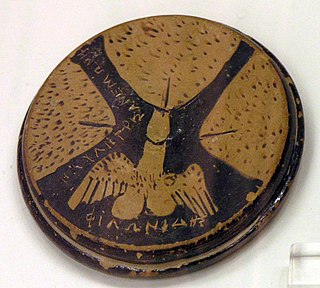
A phallus is a penis, an object that resembles a penis, or a mimetic image of an erect penis. In art history, a figure with an erect penis is described as ithyphallic.

The Daicon III and IV Opening Animations are two 8 mm film anime short films that were produced for the 1981 Daicon III and 1983 Daicon IV Nihon SF Taikai conventions. They were produced by a group of amateur animators known as Daicon Film, who would later go on to form the animation studio Gainax. The films are known for their unusually high production values for amateur works and for including numerous references to otaku culture, as well as its unauthorized appropriations of the Playboy Bunny costume. Usage of the songs "Runaway" by Bill Conti as well as "Twilight" and "Hold On Tight" by English rock band Electric Light Orchestra were also unauthorized.
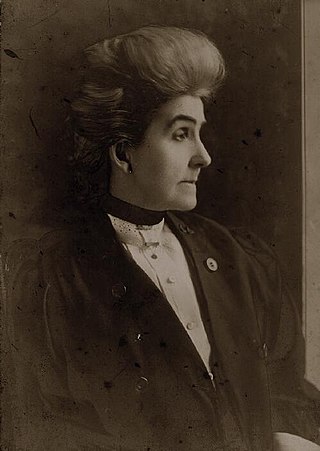
Phoebe Wilson Couzins was one of the first female lawyers in the United States. She was the second woman to serve as a licensed attorney in Missouri and the third or fourth to be a licensed attorney in the United States. She was the first woman admitted to the Missouri and Utah bars, and was also admitted to the Kansas and Dakota Territory bars. She was the first female appointed to the U.S. Marshal service. After her career in law, she played an active part in the Suffrage movement.

Signe Baumane is a Latvian animator, artist, illustrator and writer, currently living and working in New York City. She is a member of the Academy of Motion Picture Arts and Sciences, she was a 2005 Fellow in Film of the New York Foundation for the Arts. She is also a teacher, having taught animation at the Pratt Institute from 2000 to 2002.

Phallic architecture consciously or unconsciously creates a symbolic representation of the human penis. Buildings intentionally or unintentionally resembling the human penis are a source of amusement to locals and tourists in various places around the world. Deliberate phallic imagery is found in ancient cultures and in the links to ancient cultures found in traditional artifacts.

Experimental animation is a form of animation in which motion pictures have their own rhythm and movement where it has no narration or a specific structure in animated films. It is considered to be subjective and non-linear that deals with philosophic and spiritual concerns that the artists and film-makers convey.
Arthouse animation is a combination of art film and animated film.

Elemental is a 2023 American animated romantic comedy-drama film produced by Pixar Animation Studios and released by Walt Disney Pictures. Directed by Peter Sohn and produced by Denise Ream, it was written by Sohn, John Hoberg, Kat Likkel, and Brenda Hsueh. The film stars the voices of Leah Lewis, Mamoudou Athie, Ronnie del Carmen, Shila Ommi, Wendi McLendon-Covey, and Catherine O'Hara. Set in a world inhabited by anthropomorphic elements of nature, the story follows fire element Ember Lumen (Lewis) and water element Wade Ripple (Athie), who spend time together in the city while trying to save a convenience store owned by Ember's father, Bernie.

















